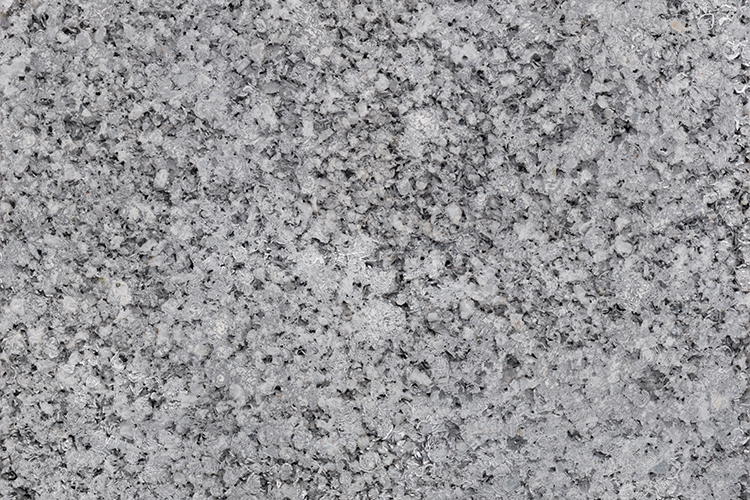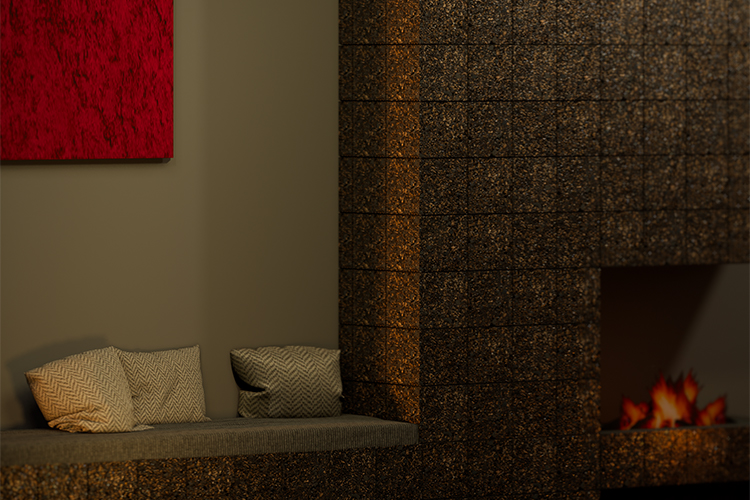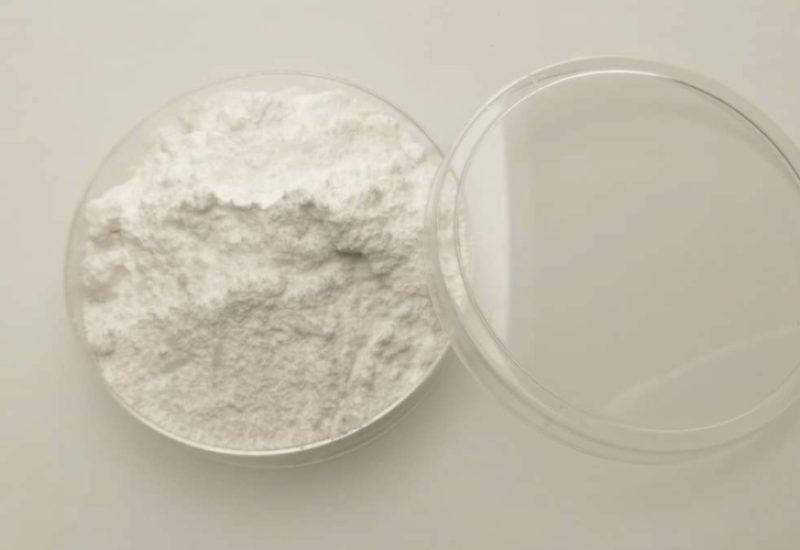We are revolutionizing the construction industry with our innovative Biocement and Biotiles, which represent a new era of sustainable building materials. These cutting-edge products are designed to tackle some of the most pressing challenges in construction, including carbon emissions, resource depletion, and waste generation, while delivering performance that matches or exceeds conventional materials.
Biocement: A Sustainable Replacement for Traditional Cement
Traditional cement production is a major contributor to global carbon emissions, accounting for nearly 8% of the world’s total CO₂ output. Biocement, our pioneering alternative, is set to replace traditional cement in the future. It is produced using a bio-based process that drastically reduces the carbon footprint associated with cement manufacturing. Here’s how:
- Low-Carbon Production: Unlike traditional cement, which relies on the calcination of limestone at high temperatures, Biocement leverages bio-mineralization processes. These processes use natural microbial activity to bind materials, eliminating the need for energy-intensive kilns and significantly reducing CO₂ emissions.
- Renewable and Local Materials: Biocement production uses renewable raw materials, often sourced locally, reducing transportation emissions and promoting regional economies.
- Energy Efficiency: The production of Biocement requires considerably less energy, making it an eco-friendly alternative for a sector that consumes vast amounts of power globally.
Biotiles:
Durable and Sustainable
construction materials
Biotiles, developed using our proprietary Biocement technology, are a game-changer in the construction industry. They are engineered to provide exceptional durability and aesthetic appeal while being eco-friendly. Key benefits include:
- Eco-Friendly Manufacturing: Biotiles are produced without the harmful by-products associated with traditional ceramic or cement tiles, such as high CO₂ emissions and toxic waste.
- Customizable and Versatile: Biotiles can be designed to suit various architectural needs, from flooring and walls to decorative facades, combining beauty with sustainability.
- Durability: Our Biotiles are highly resistant to wear, weathering, and chemical exposure, ensuring long-lasting performance and reducing the need for frequent replacements.


Redefining Construction Practices
Our Biocement and Biotiles are paving the way for a future where construction is no longer a source of environmental harm but a sector that actively contributes to sustainability. Here’s how:
- Circular Economy: Both Biocement and Biotiles are designed with the principles of a circular economy in mind. At the end of their lifecycle, these materials can be recycled or reintegrated into production, minimizing waste and conserving resources.
- Enhanced Carbon Sequestration: Biocement actively sequesters carbon during its curing process, turning construction materials into carbon sinks that contribute to combating climate change.
- Reducing Construction Waste: The use of precision manufacturing processes minimizes material waste, making construction projects more efficient and environmentally responsible.
Our Impact
The introduction of Biocement and Biotiles has profound implications for the construction industry and the planet:
- CO₂ Reduction: Our Biocement technology can cut carbon emissions by up to 70%, making it a critical tool in achieving global climate targets
- Resource Conservation: By utilizing renewable and locally available materials, we significantly reduce the reliance on finite resources like limestone and fossil fuels
- Green Jobs Creation: The development and adoption of Biocement and Biotiles foster job creation in clean-tech sectors, promoting sustainable economic growth
- Sustainable Infrastructure: By replacing traditional cement in infrastructure projects, we ensure that urban development aligns with sustainability goals, creating resilient cities with reduced environmental footprints
- Community Benefits: Lower emissions and reduced industrial waste improve air and water quality for surrounding communities, promoting healthier living conditions.
Through Biocement and Biotiles, Amorph is not just redefining what’s possible in construction—we are building a sustainable foundation for the future. Our innovations ensure that modern construction meets the needs of today without compromising the planet for tomorrow, driving significant and lasting impact for a greener world.
we envision a world where diagnostic advancements drive healthcare innovation. By integrating cutting-edge research, precision, and sustainability, our R&D projects aim to empower healthcare providers and improve patient outcomes globally.
